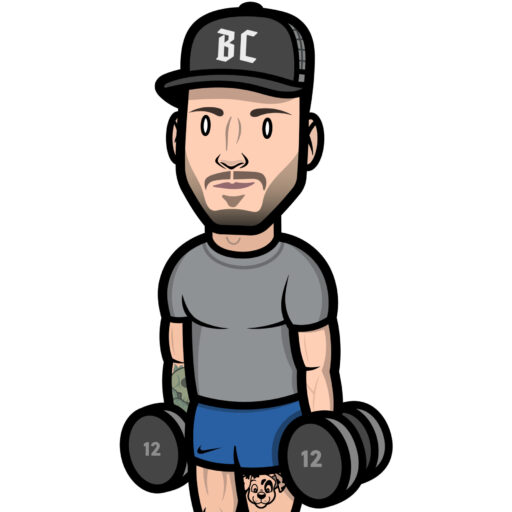Also known as the Knee-to-Wall or Dorsiflexion Lunge Test, this simple exercise will help you test your current level of dorsiflexion and measure any imbalances between the left and right ankles.
This dorsiflexion test is best performed against a flat vertical surface such as an exterior wall, which does not have a skirting board or decorative feature protruding from it. These features will obstruct the accuracy of the test.
Performing this test will highlight any imbalances which may be present in weak ankles which have been injured over time. The knee’s over toes dorsiflexion test is also a vital tall for monitoring progress as you being to address these imbalances and restrengthen the ankle.
A tape measure is required to record the level on dorsiflexion obtained.
How to perform the test
- Start by placing the tape measure flush against the wall and extending it 15 centimetres away.
- Drop down onto one knee and position the foot of the ankle you wish to test beside the tape measure. To begin the exercise, the tip of your big toe should start 5 centimetres away from the wall. This is the minimal level of Dorsiflexion you should look to obtain.
- While maintaining good posture and driving forward with your hips, attempt to touch the wall with the knee of your testing leg. It is important that your heel remains firmly on the ground. You are able to hold the wall for additional support.
- If you’re able to touch the wall with your knee, begin the test again but move the tip of your big toe a further centimetre away from the wall. Repeat this process until you can no longer touch the wall without raising your heal – the measurement of you last successful attempt is your dorsiflexion score.
If you’re unable to touch the wall at 5 centimetres, don’t panic. I started my dorsiflexion journey at a measly 2 centimetres! Perform the test again and move the tip of your big toe forward a centimetre forward until you’re able to touch the wall with your knee. Once you have your score, check out these exercises to begin restrengthening your ankles!
Reviewing the test
It’s important to perform the test independently on both sides. I broke my left ankle twice in my early 20’s and recovered dorsiflexion extremely well. I broke my right ankle in my late 20’s and lost a significant amount of dorsiflexion. This led to a significant reduction in my athletic abilities and persistent injuries – a decline I have only been able to stop through the methods and exercises described on my Instagram & YouTube channels.
See my easy measuring mat here for a quick way to measure dorsiflexion accurately without having to rely on awkward tape measures and line of vision.

